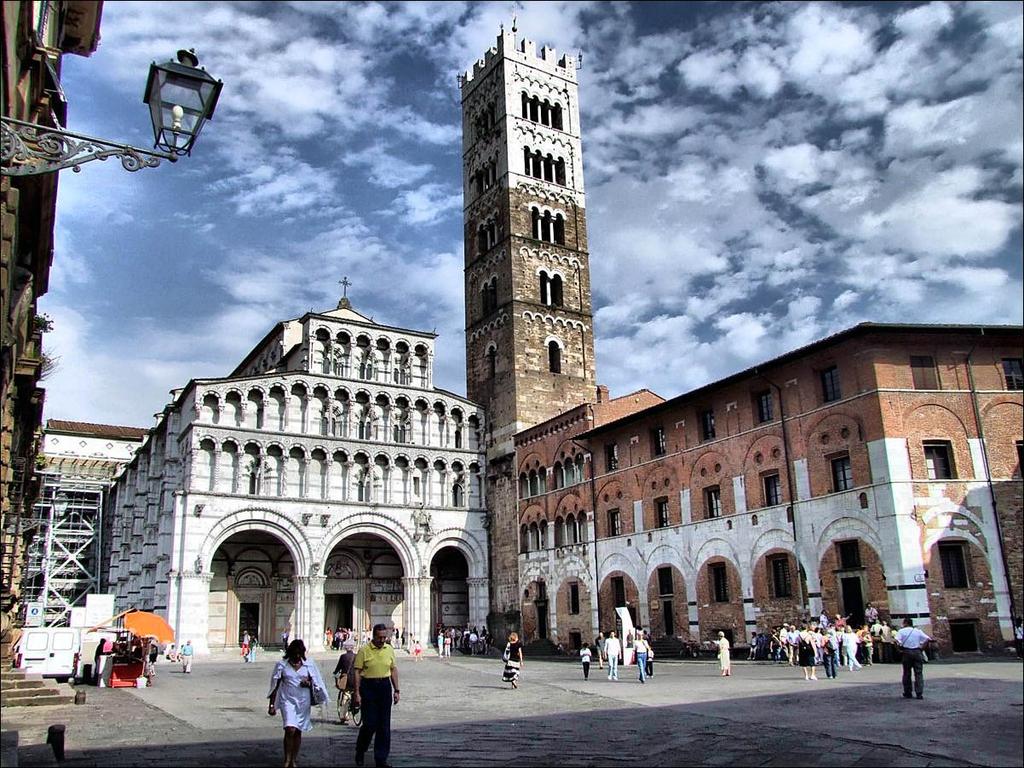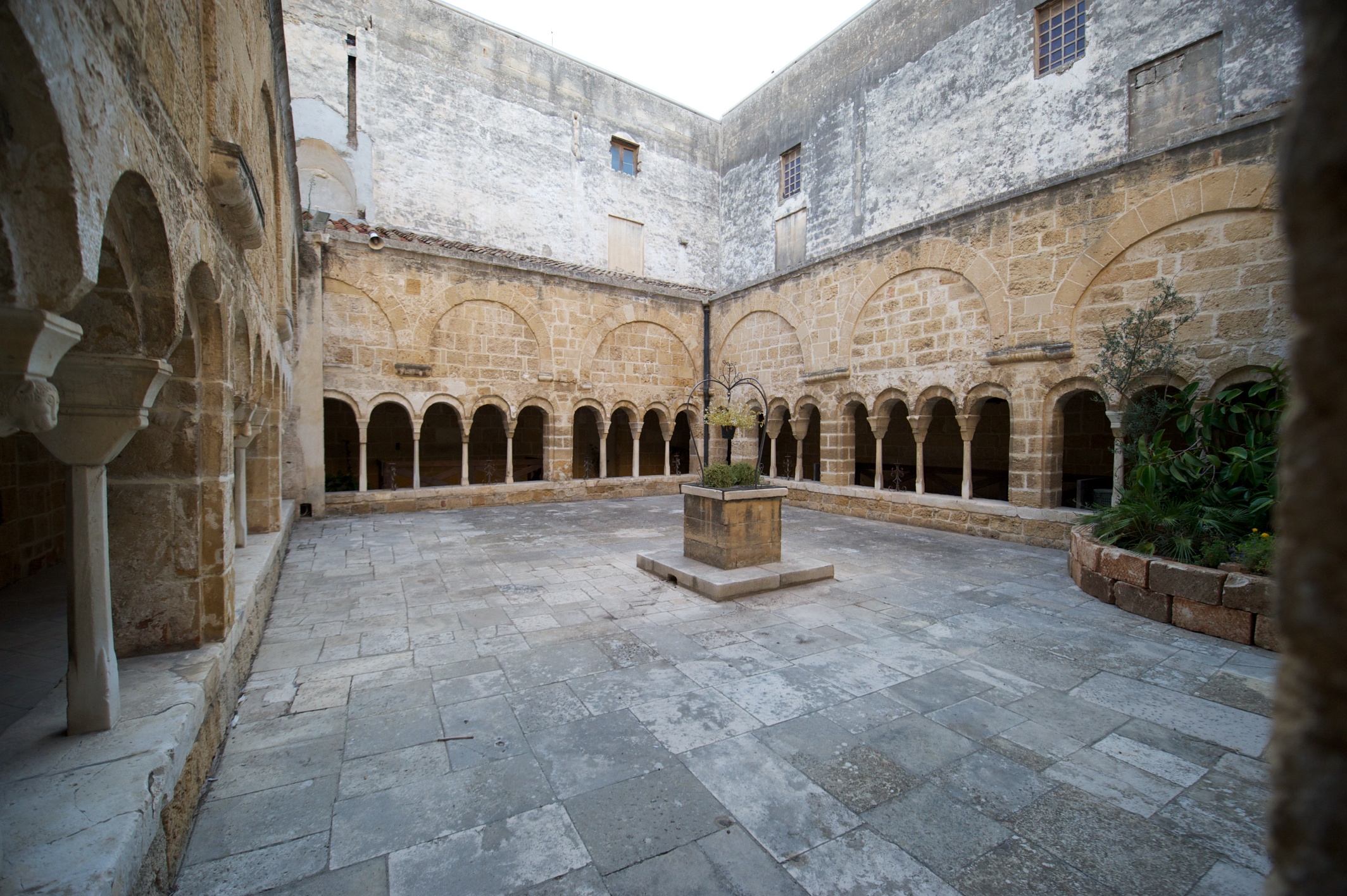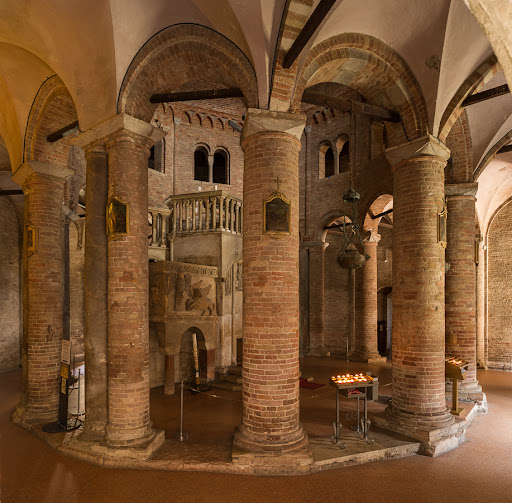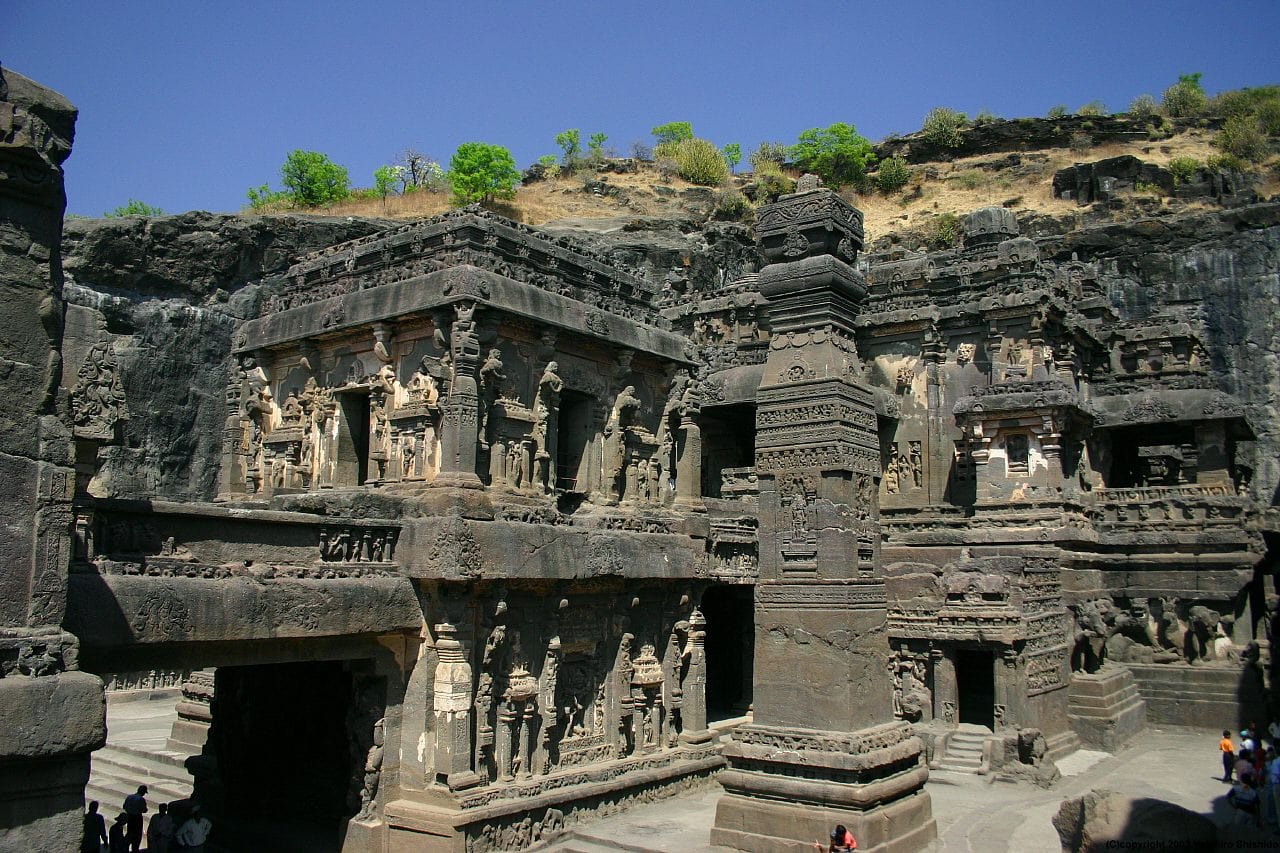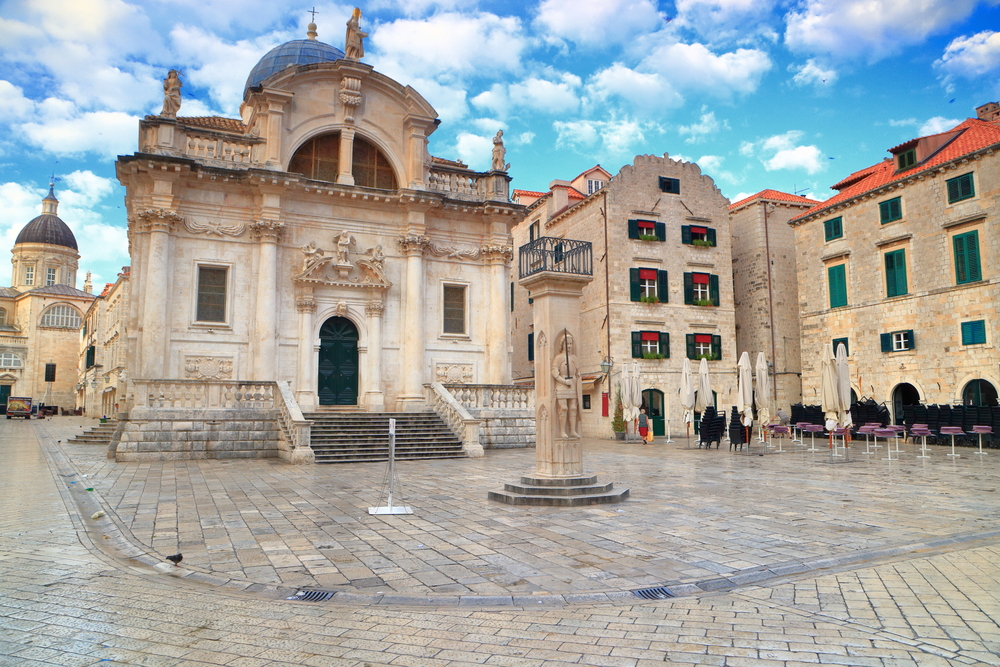The church of S. Martino, centre of the spirituality of Lucca and fundamental stage of the Via Francigena, was founded in the 6th century by San Frediano, a bishop native of Ireland, and already in the 8th century it had become a cathedral in place of the very ancient SS. Giovanni e Reparata.
Over the centuries it underwent various renovations: in 1070 the bishop of Lucca Anselmo da Baggio, already Pope Alexander II, inaugurated in the presence of Matilda of Canossa the new building, which was then enlarged in the fourteenth and fifteenth centuries and completed in the sixteenth and seventeenth centuries with the chapels of the Sacrament and the Sanctuary.
The Romanesque façade is striking for its asymmetry: one arch of the portico, built in the 12th century, is smaller because of the pre-existing bell tower, 60m high and equipped with 7 bells. The superimposed loggias on sculpted and historiated small columns, made from 1204 onwards by Guidetto da Como, have two-colour marble inlays. The three portals are framed by rich sculptural decoration, including the Cycle of the Months, the Stories of St. Martin and two masterpieces by Nicola Pisano, the Deposition and the architrave with the Annunciation, Nativity and Adoration of the Magi. On the pillar behind the bell tower is the fascinating sculpture of the labyrinth, a symbol linked to the theme of pilgrimage and for this reason also present in other churches along the Via Francigena.
The Latin cross interior with three naves and transept amazes for the gothic atmosphere of the high central nave that mixing historiated glass windows to false matronei to Romanesque elements, creates a particularly suggestive whole. The church houses some real masterpieces including the funeral monument of Ilaria del Carretto, the Sacred Conversation by Ghirlandaio, the Last Supper by Tintoretto and the altarpiece by Fra’ Bartolomeo. The true "treasure" of the cathedral, however, remains the Volto Santo (Holy Face), the wooden crucifix that legend has it was carved by Nicodemus and the angels and that through the centuries continues to convey a strong sense of spirituality.
